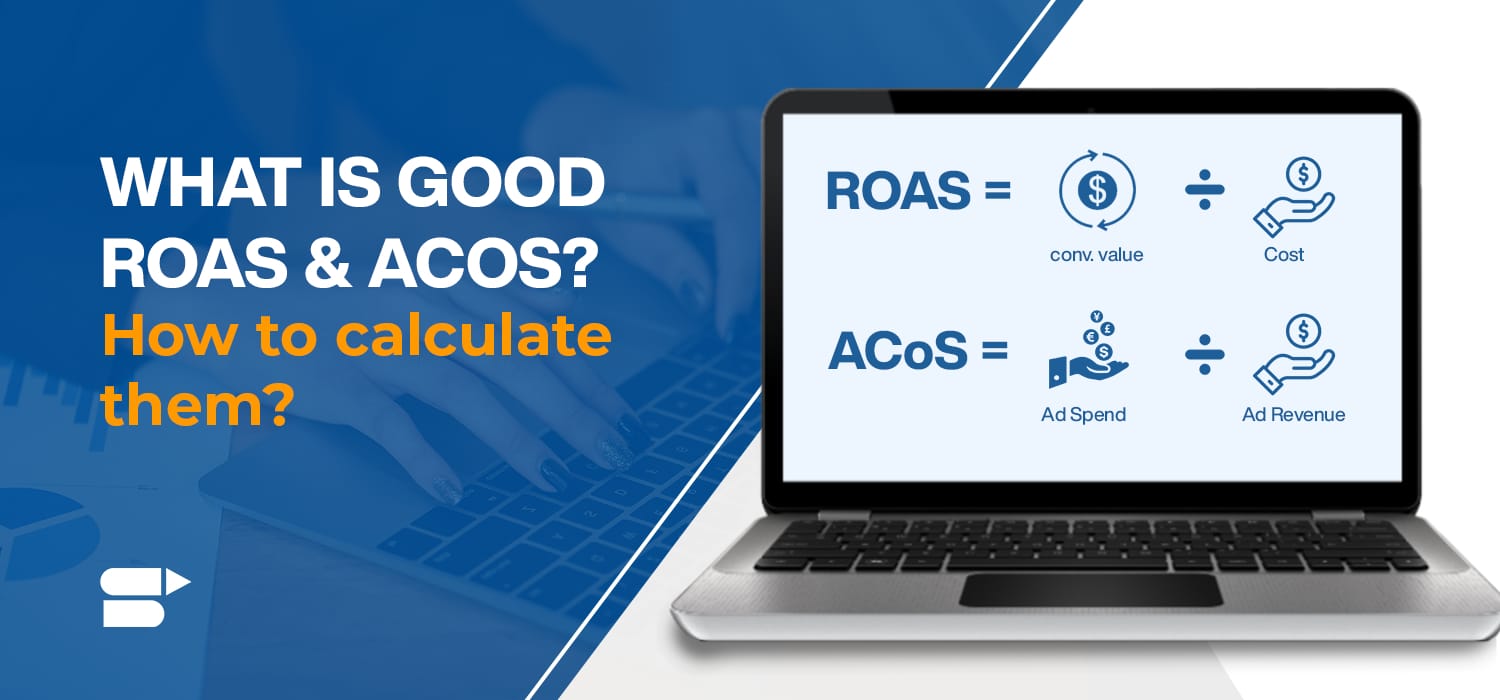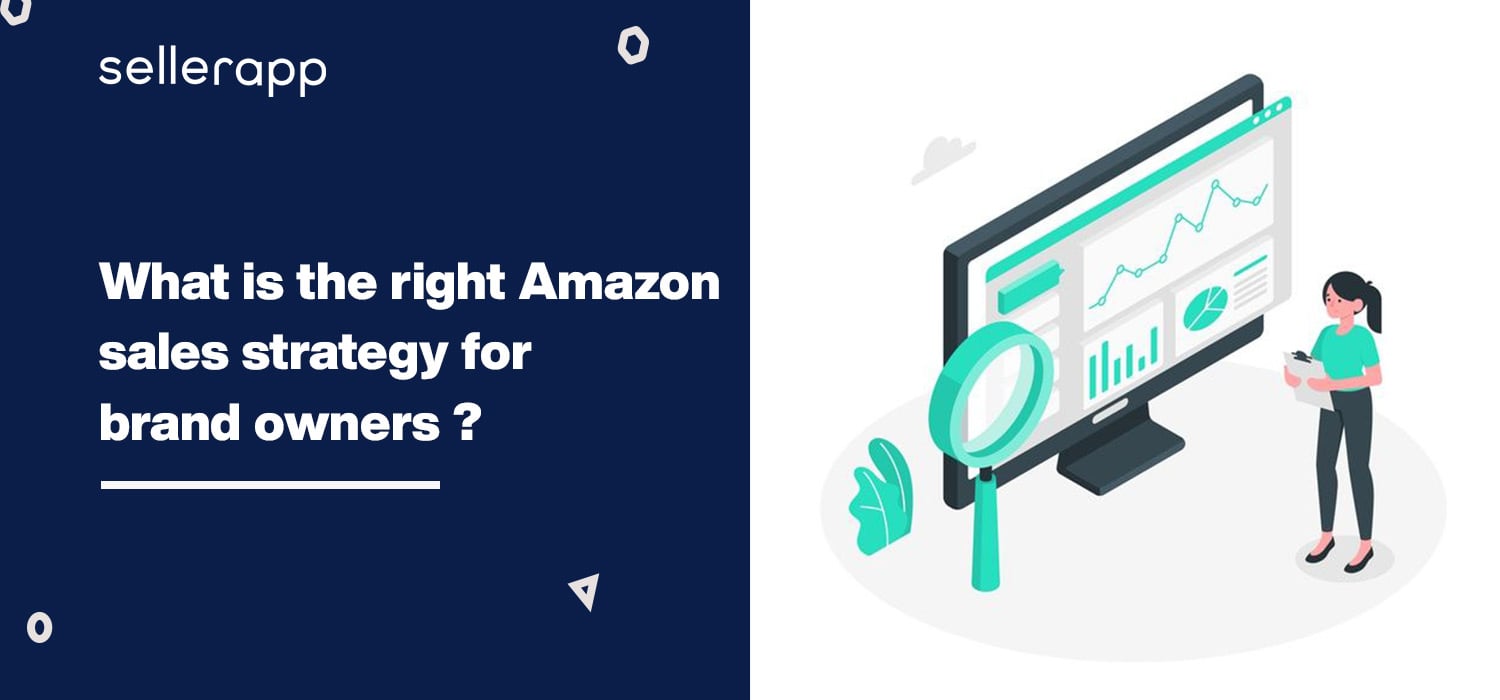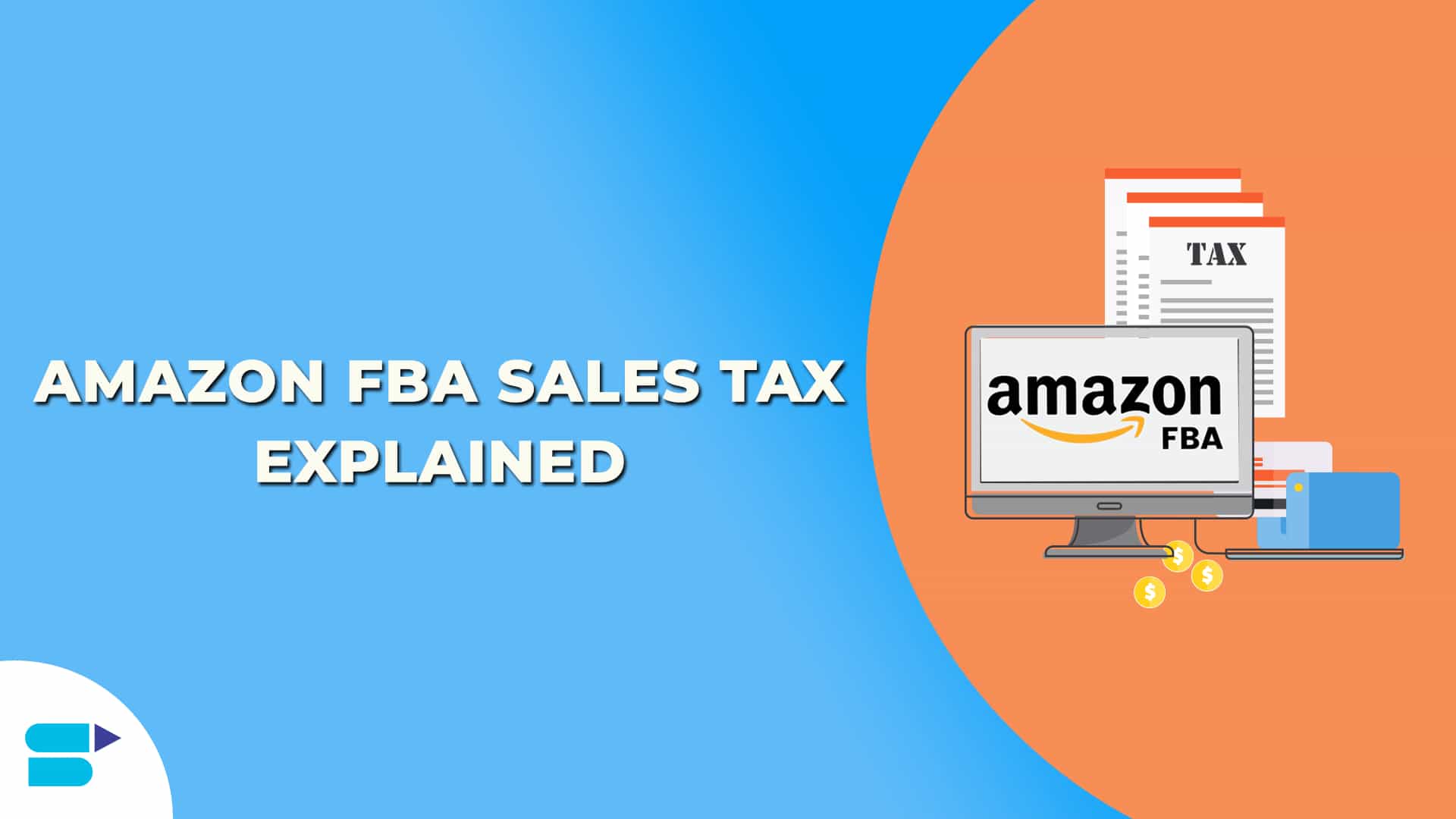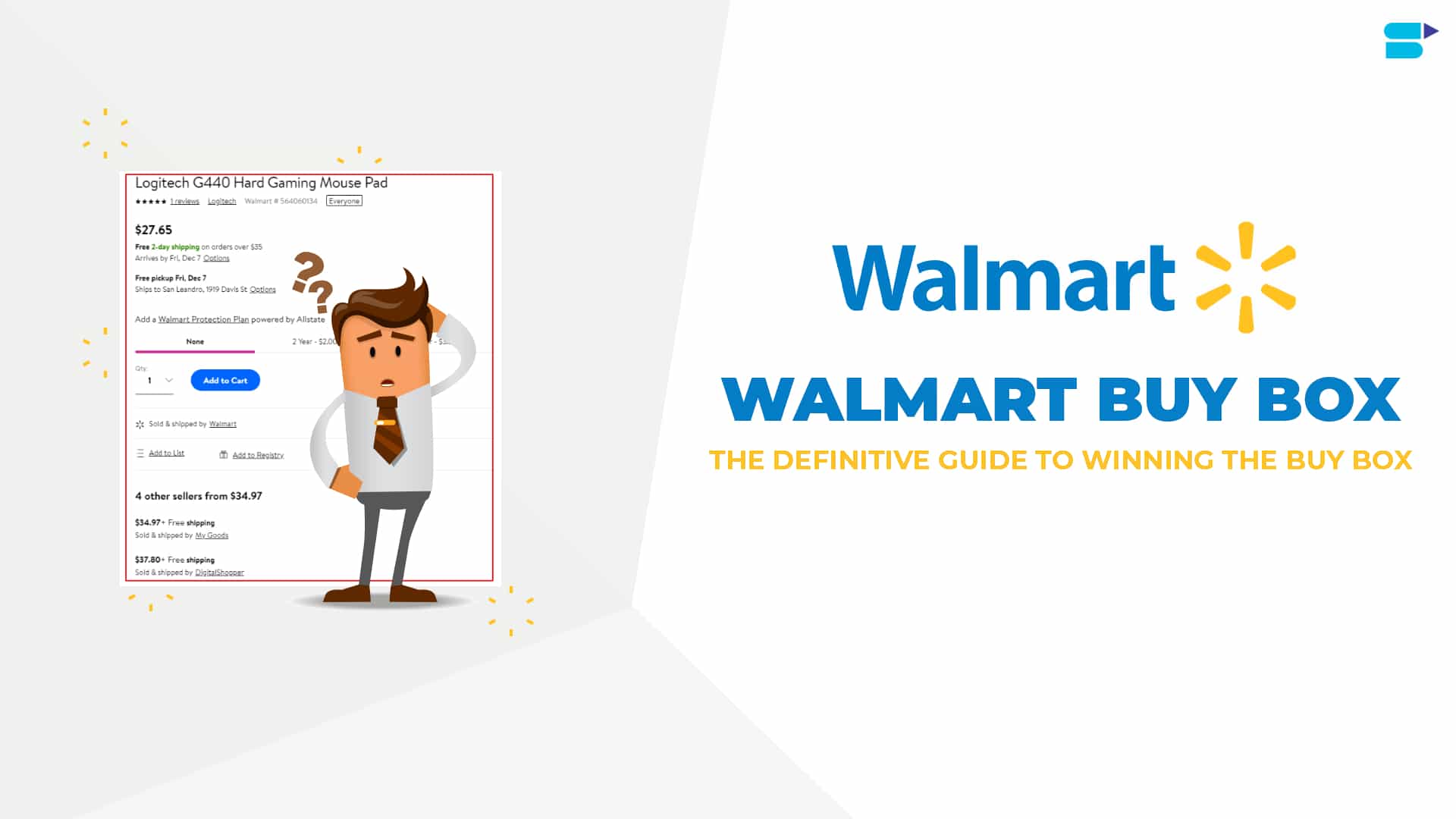What is Good RoAS and ACoS? How to calculate them?

Would you like to pay more to get less? No, right? But that’s the case of today’s online advertising. In the current scenario, online advertising is getting tricky. Advertisers want to understand how the PPC campaigns work for different platforms as typical costs involved vary significantly. Though online advertising is cheaper than offline advertising, it’s still getting harder to reach customers online. Therefore, maintaining profitable ACoS or profitable RoAS is important, so you don’t lose your money and keep your profits intact.
Also, the only thing marketers and online advertisers are willing to do is keep their advertising costs down and align them with their business goals. RoAS (Return on Ad Spend) and ACoS (Advertising Cost of Sale) are a few of the essential metrics for digital marketers and business owners. They essentially answer the primary questions like ‘if I invest this amount in this channel, what will I get in return?’
This is important to know!
So, in this post, let’s understand how to maintain your profit margins and achieve break-even ad spend which aligns with your target ACoS (tACoS) or target RoAS (tRoAS).
Google RoAS vs. Amazon ACoS
To start with, let’s look at the basic definition and how to calculate them.
Google Uses RoAS
If you are advertising or selling online, calculating RoAS is necessary to evaluate the effectiveness of your marketing campaigns.
It’s simple to calculate. RoAS is the revenue you earned from the advertising by the total advertising expense spent.
However, Google uses metrics such as conversions/cost or All conversions/cost to define RoAS but not RoAS directly.
Google Ad RoAS = Conversion Value / Cost
If you calculate as a percentage, then multiply the value by 100 to add a ‘%’ sign in the end.
For example, if you generate $100 revenue in sales from $25 advertising spend, then your return on the ad spend is 4X or you can say your RoAS is 400%.
Amazon uses ACoS
Now on the other side, we have ACoS which is defined as the advertising cost of sales. Amazon uses ACoS in its platform as part of the important advertising metrics. Therefore, sellers, vendors, and advertisers are familiar with this ACoS.
ACoS is a key metric to measure Amazon PPC campaigns. Amazon ACoS measures the performance of Sponsored product ads. It is calculated as the percentage of amount of ad spend to generate a sale by revenue generated as below:
ACoS = (Ad Spend/ Ad Revenue)*100
Let’s take an example and understand it in a better way.
Suppose, you have generated $200 revenue from your advertising and your ad campaigns cost you $50. Then, ACoS is (50/200)*100 = 25%.
If you want to evaluate your ACoS and product profitability, don’t forget to check out our free ACoS calculator. Also, if you want to find out the exact relation between ACoS and PPC profits, check this link here.
Do you think ACoS and RoAS are related?
While the formula may look different, ROAS and ACoS serve the same purpose to understand if your ad campaigns are generating profits are not.
The other difference is that Google calls it ‘cost’ while Amazon terms it as ‘Ad spend.’
Besides, Google’s ‘conversion value’ is similar to Amazon’s’sales.’
That gives us ⇨ ACoS = 1/RoAS
What is Good RoAS and Good ACoS?
This can get as tricky as it could be. A ‘good’ RoAS depends on your industry or business model that can be different from the overall average. RoAS is largely influenced by operating expenses, overall business/account health, profit margins, and many others. Perhaps, we consider 4:1 as a benchmark RoAS.
i.e. for every $4 revenue, $1 ad spend is RoAS benchmark.
As we said, this benchmark can change from industry to industry. While few companies having 10:1 as benchmark RoAS can manage to stay profitable, other businesses need 3:1 RoAS to stay profitable.
Smaller profit margins indicate that businesses must maintain low advertising costs.
On the other hand, businesses having large profit margins can survive low RoAS.
There is no such thing as good ACoS. A good ACoS value depends on your advertising strategies, cost structure, and PPC metrics of your product. In the initial days of your PPC campaigns, your ACoS can be high. But, you can lower your ACoS with time and based on your advertising goals.
ACoS on Amazon changes according to the category you sell. You need to evaluate your profit margins to understand the success of your PPC campaigns.
By evaluating your profitability, you can define break-even ACoS and target ACoS.
Therefore, you need to know your product profit margin first.
What is product profit margin? How to calculate it?
The product profit margin is the ratio of profit to revenue for a single product.
Here, profit is the amount generated by deducting all the costs involved to produce the product from the sales value of the product.
Product Profit Margin% = ((Sales value – Costs Involved) / Sales value) 100
| Product Profit Margin% = ((Sales value – Costs Involved)/Sales value) * 100 |
Let’s take an example to calculate your product profit margin. If you are a reseller or private label seller, your costs will vary from manufacturing to shipping and more.
Let’s say you sold a product for $200 and the costs involved per unit is $120, then your profit margin is ((200-120)/200)*100 = 40%
Now that we have the product profit margin, we can calculate the break-even point for ACoS and RoAS.
How to calculate break-even RoAS and ACoS?
With profit margin, break-even ACoS and RoAS, we can find out how much we can spend on advertising to make a sale.
Before we dwell further, let’s remember one basic thing – we make profit only when:
profit of the item sold > ad spend to generate a sale.
This is simple to say and hard to interpret with the Amazon and Google jargon.
So, let’s break it down further.
What are break-even ACoS and RoAS?
Basically, break-even ACoS and profit margin are the same. It means, as long as your ACoS does not exceed your profit margin, you stay profitable.
As we already know, RoAS is 1/ACoS
Break-even RoAS = 1/profit margin
That means, if your profit margin is 40%, then your break-even RoAS is 250%.
What is break-even ACoS and RoAS?
Basically, break-even ACoS and profit margin are the same. It means, as long as your ACoS does not exceed your profit margin, you stay profitable.
As we already know, RoAS is 1/ACoS
Break-even RoAS = 1/profit margin
That means, if your profit margin is 40%, then your break-even RoAS is 250%.
The following table will help you understand better.
| ROAS | ACoS | Profitability |
|---|---|---|
| Lower | >100 | We lose money |
| Higher | Lower | We make money |
| Break-even = 1/profit margin | 100 * Break-even | 0 Profits |
Final Thoughts
In the end, both RoAS and ACoS will tell you the efficiency of your PPC campaigns. Knowing these formulae is great, however, you need to understand how to apply them in different scenarios. Ability to understand them will help you break-down your business goals and scale greater heights.
Recommended Guide:
How Much Does Amazon Advertising Cost











Angelina
June 8, 2021What is Good RoAS and ACoS? How to calculate them?
Richard
August 16, 2021Does Google calculate the RoAS directly?